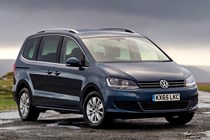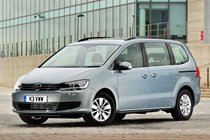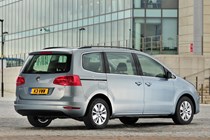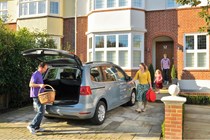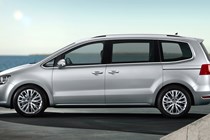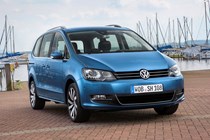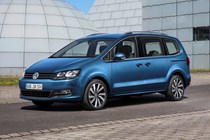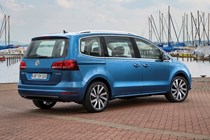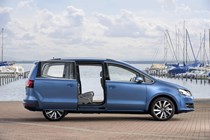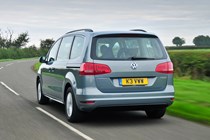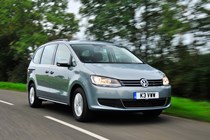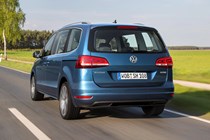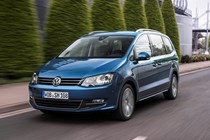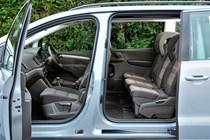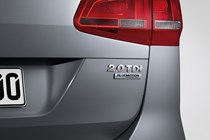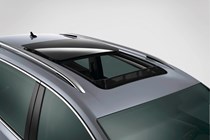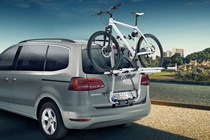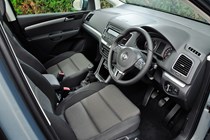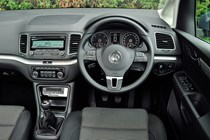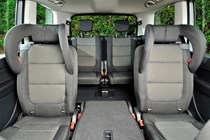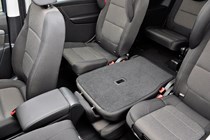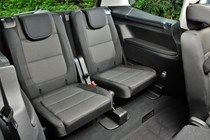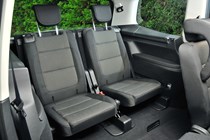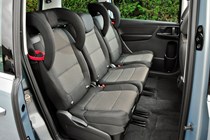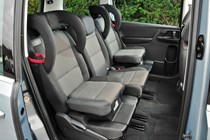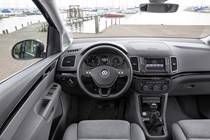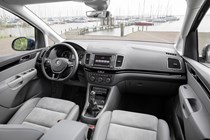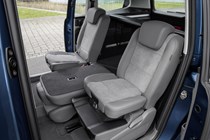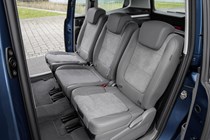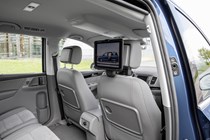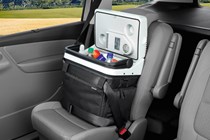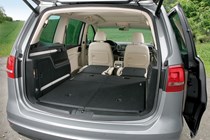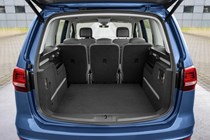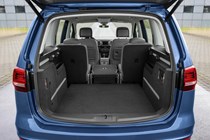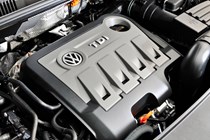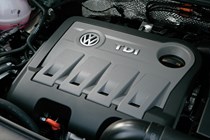
Volkswagen Sharan Estate (2010-2021) engines, drive and performance
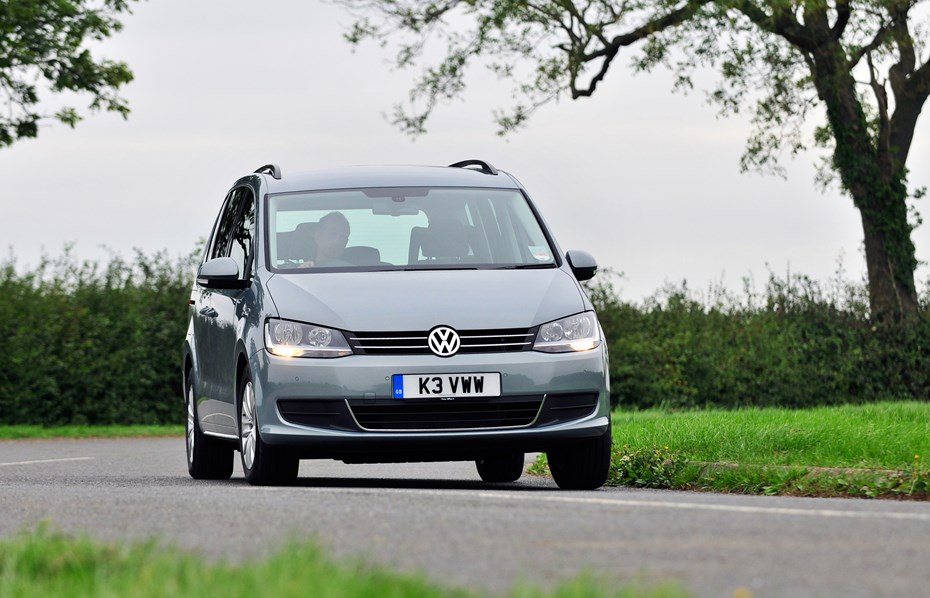
With a range of turbocharged petrol and diesel engines Volkswagen Sharan performance was nevertheless blunted by the car’s overall weight and bluff aerodynamics. All motors feature stop/start technology and, from the 2015 facelift, BlueMotion Technology to further improve fuel efficiency.
Petrol engine choices
From launch the Sharan came with a 1.4-litre TSI motor producing 148bhp, propelling the Volkswagen to 122mph and completing the 0-62mph sprint in 10.7 seconds. Following the 2015 facelift these numbers improved to 124mph and 9.9 seconds, respectively. Despite its small capacity, performance is adequate for the Sharan, proving quiet under the VW’s bonnet, too. Peak torque of 250Nm is developed from just 1,500rpm ensuring swift progress can be made when pulling away from junctions and overtaking.
Joining the petrol offering from 2011 was a 2-litre TSI producing 197bhp. Only available with the six-speed DSG automatic gearbox, this Sharan could reach 135mph, cracking 62mph from a standstill in eight seconds. At the round of mechanical improvements in 2015, this engine was dropped from the UK line-up.
Economical diesel options
Only one basic diesel engine’s been available in the second generation Sharan – a 2-litre TDI – but during its life cycle it’s been available in five different power outputs.
At the 2010 launch the sole choice was a 138bhp edition, capable of 121mph and a 0-62mph time of 10.9 seconds. While a six-speed manual gearbox was standard, a DSG automatic was optionally available.
Topping and tailing the diesel range in 2011 were a 113bhp edition (manual gearbox only) and a more powerful 168bhp offering greater performance.
As part of the 2015 makeover all the engines became EU6 compliant as well as benefiting from performance enhancements.
Although its power output remained pegged at 113bhp it could reach 114mph, while the 0-62mph acceleration test was completed in a leisurely 12.6 seconds.
Power for the 138bhp TDI increased to 148bhp, allowing it to reach 124mph (123mph for the DSG), reaching 62mph from standstill in 10.3 seconds. Maximum torque of 340Nm is available from 1,750rpm, making it an assured yet relaxed performer, particularly with the automatic transmission, which is expected to be the most popular variant.
Upgraded from 168bhp, the newer 178bhp proved to be a little more audible at higher revs than its less powerful alternative, but could reach 134mph (132mph with the DSG) and sprint from 0-62mph in just 8.9 seconds.
Sleeker than the original, the second generation Volkswagen Sharan sits a modest 12mm lower, yet is 220mm longer and 92mm wider.
These changes, combined with the average 30kg weight saving over the model it replaces, has made the Sharan noticeably more agile than before, although it still lacks the conventional car-like handling characteristics that Ford has bestowed on the Galaxy.
While it’s competent, rather than engaging, on winding B-roads cruising along motorways is where the VW performs best, being smooth and unflustered. Even strong side winds don’t trouble it, despite its relative height and slab sides.
Volkswagen offers is adaptive suspension system on the Sharan, allowing drivers to switch between ‘Comfort’, ‘Normal’ and ‘Sport’ modes at the push of a button. In all honesty, we’d recommend keeping the VW in ‘Comfort’ and enjoying the smooth refinement on offer – not that the ride quality tautens aggressively in the latter, it all conspires to make the Sharan feel heavier at the helm.


